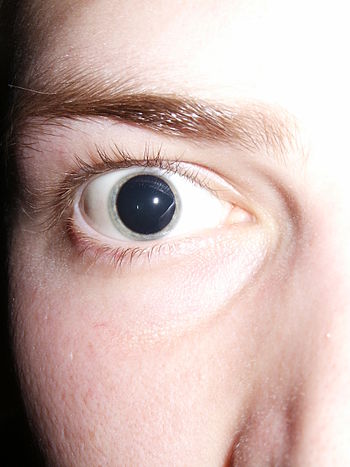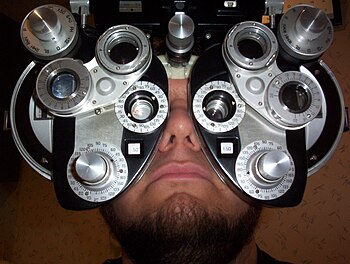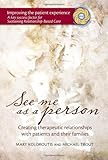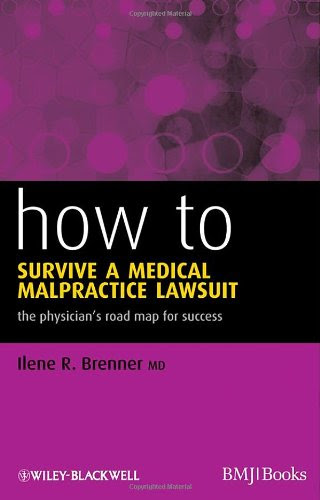 |
| English: Original description: "This full color 17"x22" poster is planned for use in doctor's offices, clinics, other healthcare facilities, and media outlets. It is intended to raise awareness about appropriate antibiotic use for upper respiratory infections in adults. It explains that antibiotics are not the best answer for a cold or flu." (Photo credit: Wikipedia) |
 |
| Common cold (Photo credit: Wikipedia) |
 |
| A British poster from World War II describing the cost of the common cold "The Cost of the Common Cold and Influenza". Imperial War Museum: Posters of Conflict . vads . . (Photo credit: Wikipedia) |
 |
| Chicken soup is a common classic comfort food that might be found across cultures. (Photo credit: Wikipedia) It is a common food to eat when you have a cold |
Many time patients
present at the family practitioners office with stuffy noses and a general
feeling of malaise. These are symptoms that can be so many things, yet most
patients even if they are diagnosed with the common cold will not understand
why they are not leaving the doctor’s office without an antibiotic. Once the
doctor has determined it is a common cold you can help the patient understand
time will take care of the sneezing and there are things at home they can do to
feel better.
]It is also important
to remember that overuse of antibiotics is a real risk to our patients and
health care system.
Remind patients of the
importance of not getting antibiotics when they do not need them. The common
cold is not improved or cured by having antibiotics. Patients who develop
secondary sinus infections might be back to the office in week or so for antibiotics,
but most will recover without being issued any prescription.
It is cold season again and before you grab the Kleenex and
anti-histamine bone up on other things you can do to lessen your cold symptoms.
Many of these things are common sense things that our grandparents did that we
thought were silly when we were younger.
Drink lots of fluids. Don't drink a lot of caffeinated
soda as caffeine acts as a diuretic and the goal is to keep yourself well
hydrated ;while you have a cold. Drink water, decaffeinated tea, or juice. You
need the proper amount of fluids to help your body get rid of toxins while you
are fighting the cold virus.
Open up your house. While it may seem contrary to common
sense, or grandmothers knew the value of fresh air in the house. If you have a
chill you can curl up in a blanket, but open a window to let in fresh air. It
helps to rid your sick room of dry germ filled air and let some fresh brisk air
in.
Eat your chicken soup. It is better if it is homemade
chicken soup, but all chicken soup works. Chicken soup has substances that
actually helps reduce inflammation in your nasal tissues. If you can tolerate
it add some fresh garlic to your chicken soup as it is known to have properties
that help boost your immune system.
Don't over blow your nose. This is something grandma
probably did not know about. If you over blow your nose there is a good chance
you will be sending bacteria back into your nasal cavity. Use saline solution
and a tissue to clear out your nose. There is less chance that you will
irritate your sinuses with the saline solution then by blowing it hard anyway.
To clear away post nasal drip gargle with warm salt water.
Don't skip breakfast. A Dutch study showed that eating
breakfast boosted the bodies best anti viral compound gamma interferon by 450 %
.Skipping breakfast lowered the level of gamma interferon by 17%. You will want
to avoid dairy if you are really stuffed up because it encourages the formation
of mucus. Eat an egg if you can, because your body needs protein to produce
antibodies.
Drink your orange juice. While vitamin C is not a cure for
the common cold it does help boost your overall immune system. People with the
flu who took at least 500mg of vitamin C; studies showed had less risk of
complications than those who did not take vitamin C.
It is fine to take over the counter cold medicine. If you
do not have to work don't avoid the regular drowsy cold medicine. If you can
get some extra rest; you will feel better faster. A good night's sleep has been
shown to boost your immune system and in general improve how you feel. If you
have to work with a bad cold; be sure to drink lots of fluids and keep some
disinfectant wipes in your cubicle. Be considerate of your co workers and wipe
off things that you have touched like the phone or shared keyboard








































